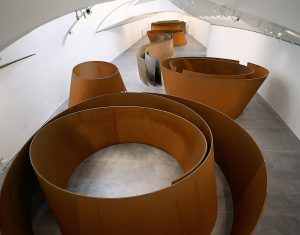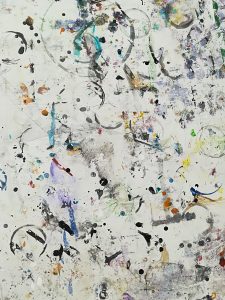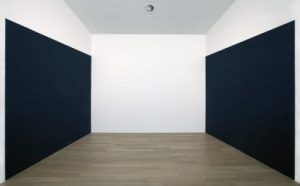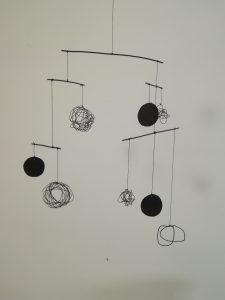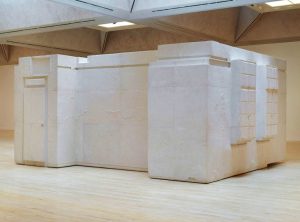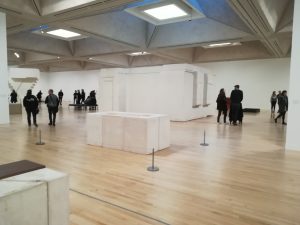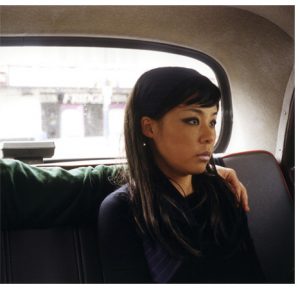Leo Steinberg’s talk Other criteria: The Flatbed Picture Plane 1968 explores the alteration of the angle of the picture plane and the shift in art from natural to cultural expression this signified in terms of Rauschenberg’s work. In Richard Serra’s talk at Yale University in 1990 focuses on his own practice and it’s interactions with process and art history and the dilemmas posed by the conceptuality of site specificity.
Both texts suggest that the discussed artists did not follow the existing precedent of theory. Serra says of his own works ‘The history of welded sculpture in this century has had little influence ‘ while Steinberg remarks that ‘Even as Abstract Expressionism was celebrating its triumphs… [Rauschenberg] proposed the flatbed or work-surface picture plane as the foundation of an artistic language that would deal with a different order of experience.’ As such, both texts portray the work of these atists as turning points for the art of their practice; new ways of thinking in painting- Rauschenberg , and welding sculpture- Serra. A key difference between the texts could be that while Steinberg is reflecting on Rauschenberg’s works from a third person perspective, Serra is commenting on his own work and it’s position in art history. This could mean that the works of Rauschenberg are being explored in the way that art history needs them to be seen rather than the artist’s intended interpretation. However it could also be that Serra is placing his own work in to art history and therefore his portrayal is not the way it would be understood in the context of art history by a viewer or historian.
While there is a great deal to be discussed in comparing these texts, the question that personally holds the most interest is what causes art to be a turning point in the contemporary? How the artist intends to be seen, or how the viewer consumes their work both immediately and historically? Perhaps they are two sides of the same coin and art theory remains fluid even after the fact.

